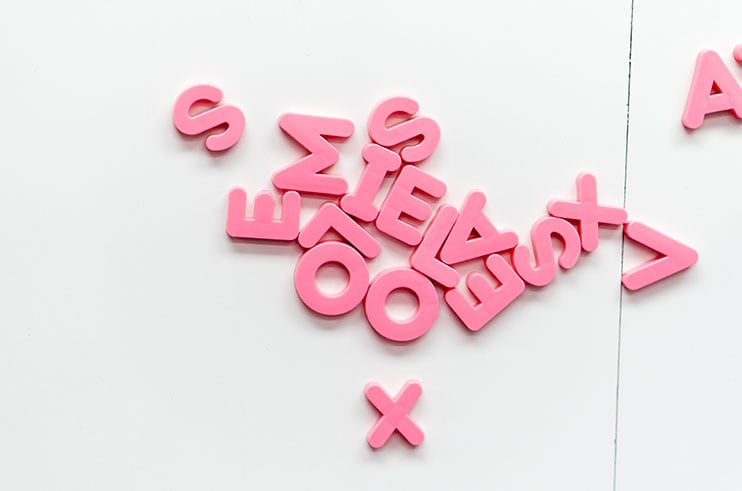
Memory and language are complex and multifaceted cognitive functions that are crucial in our daily lives. Two areas where memory and language interweave – verbal memory and semantic memory – are often confused with each other but serve distinct purposes in the intricate mechanism of our cognitive processes. In this article, we will delve into the world of memory to unravel the differences between verbal and semantic memory.
Verbal memory refers to memory involving language, whether written or spoken. Recalling the word lists, people’s names, and how to construct a sentence are all processes that involve verbal memory.
It is related to episodic memory – the ability to recall specific events, experiences, or information in a sequential and chronological order. Verbal memory involves the storage and retrieval of information in the form of words, sentences, and narratives. When we remember a conversation, a story, or a series of events, we are tapping into our verbal memory. It is also related to our explicit memory, which handles information we have memorized on purpose such as phone numbers or specific vocabulary words.
Sequence: Verbal memory relies on our ability to remember events or words in the order in which they occurred. This chronological aspect is crucial for recalling information accurately and being able to verbalize or write it down.
Personal Relevance: Verbal memory often involves information that is personally relevant to an individual. This could include conversations, personal experiences, or any verbal information tied to specific moments in one’s life.

On the other hand, semantic memory represents the recalling of words, concepts, or numbers. It encompasses general knowledge and understanding of the world, including information that we recall learning in school. Information stored through semantic memory can be related to a specific time and place, or not. It may simply be knowledge that we recall learning at some point. When we recall historical events, scientific principles, or general knowledge of the world, we are tapping into our semantic memory.
General Knowledge: While verbal memory is often tied to personal experience, such as recalling people’s names or a to-do list, semantic memory stores information that is not generally tied to personal experiences. It includes facts about the world, concepts, and the meanings of words.
Abstract Concepts: Semantic memory deals with abstract and general concepts. It enables us to understand language, recognize objects, and grasp the meanings of words without needing specific contextual cues.
While verbal and semantic memory each serve distinct functions, they are intricately connected and often work together seamlessly. Verbal memory contributes to the formation of semantic memory by providing real-world examples and context, while semantic memory enhances verbal memory by providing a broader understanding of the world.
To try cognitive exercises that may help with verbal and semantic memory, see HappyNeuron Pro’s memory exercises here.
In the interplay of cognitive functions, verbal memory and semantic memory play unique and complementary roles. Understanding the distinctions between these two forms of memory provides valuable insights into the workings of our minds. As we navigate the landscape of memory, we can appreciate the complexity of the human cognitive experience.
Pulling from our decades of experience in Cognitive Therapeutics, we aim to help you enrich your practice through the use of digital and paper tools.
Pricing + Offers


© 2023 HappyNeuron is a Product of Humans Matter